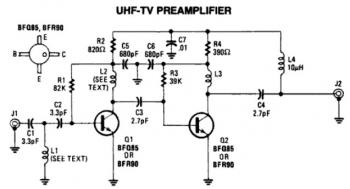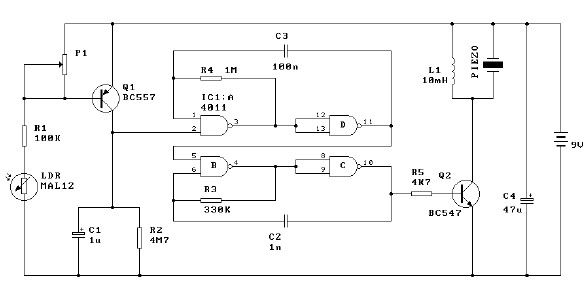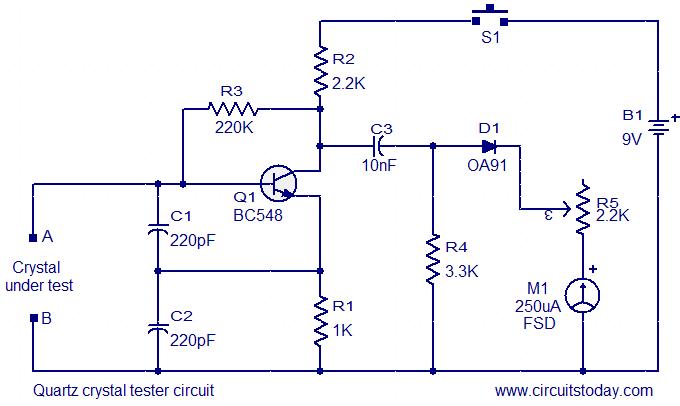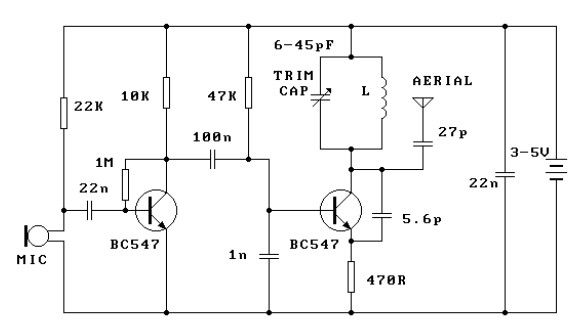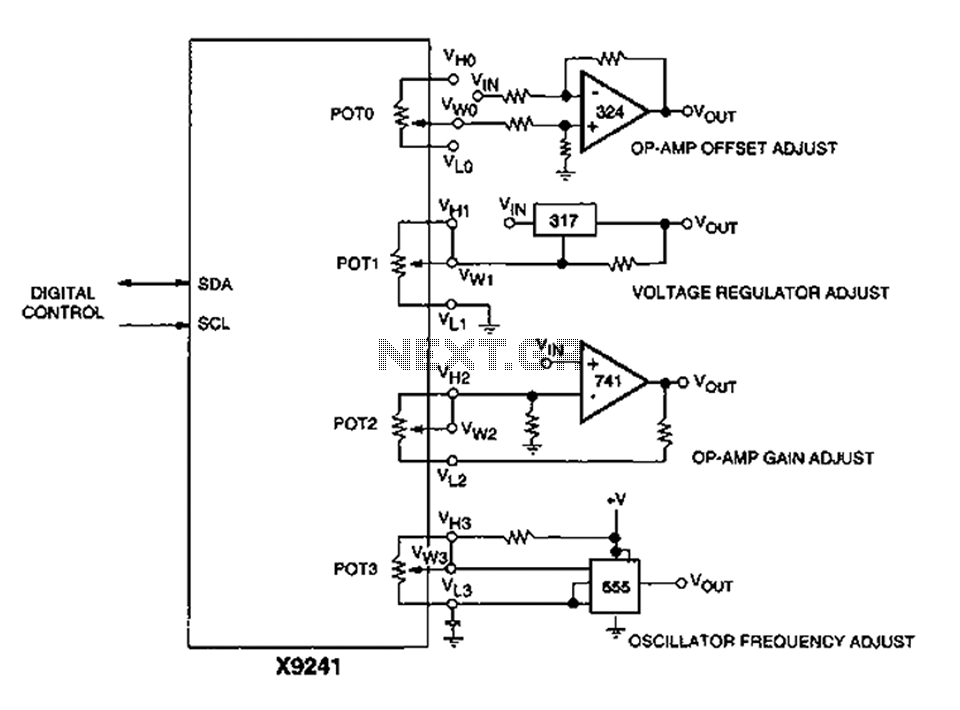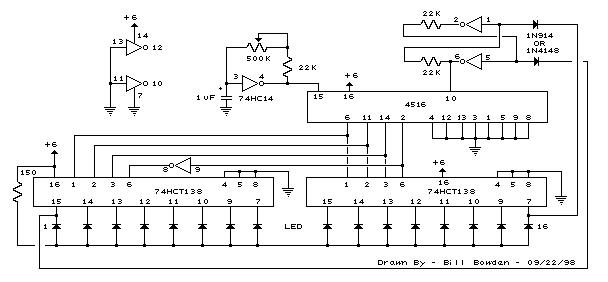
PBL3717A motor stepper driver circuit design electronic project
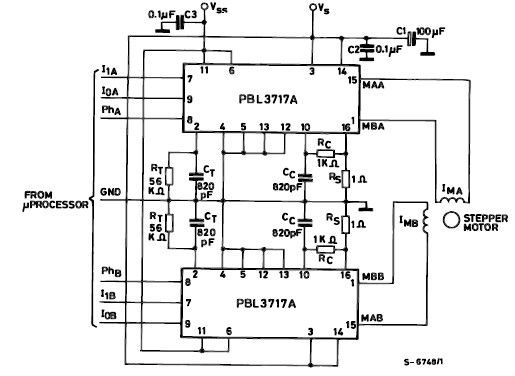
The PBL3717A stepper motor driver is a monolithic integrated circuit that controls and drives one phase of a bipolar stepper motor utilizing chopper control for phase current regulation. Current levels can be selected in three increments using two logic inputs, which determine one of three current comparators. When both inputs are set to high, the device is disabled. An additional logic input governs the direction of current flow. The logic inputs I0 and I1 set the current amplitude in the motor winding at three different levels. A high signal on the "PHASE" logic input directs the current from output A to output B, while a low signal reverses the flow from output B to output A. In this bipolar stepper motor driver configuration, Vss represents the logic power supply, which should be approximately 5 volts, and VS is the motor power supply, required to be between 10 and 46 volts.
The PBL3717A stepper motor driver is designed for precision control of bipolar stepper motors, facilitating a wide range of applications in robotics, automation, and CNC machinery. This integrated circuit employs a chopper control mechanism to regulate the phase current, ensuring smooth operation and reducing the risk of overheating.
The current selection feature, managed by the logic inputs I0 and I1, allows for adaptability to various motor specifications and performance requirements. By selecting one of three current comparators, the user can define the optimal current level for the motor, enhancing efficiency and performance based on the specific load conditions.
The direction control is implemented through the "PHASE" logic input, which effectively reverses the current flow in the motor winding. This capability is crucial for applications requiring bi-directional movement, enabling the motor to step forward or backward as needed. The design also incorporates safety features, as the device disables itself when both current selection inputs are high, preventing accidental activation.
Power supply considerations are vital for the operation of the PBL3717A. The logic power supply, Vss, should be maintained at around 5 volts to ensure proper operation of the logic circuits. Meanwhile, the motor power supply, VS, must be carefully selected within the range of 10 to 46 volts, providing adequate voltage for motor operation while accommodating different motor specifications.
In summary, the PBL3717A stepper motor driver is a robust solution for controlling bipolar stepper motors, combining flexibility in current control with precise direction management, making it suitable for a variety of demanding applications in the field of electronics and automation.The PBL3717A motor stepper driveris a monolithic IC which controls and drives one phase of a bipolar stepper motor with chopper control of the phase current. Current levels may be selected in three steps by means of two logic inputs which select one of three current comparators.
When both of these inputs are high the device is disabled. A separate logic input controls the direction of current flow. The logic inputs I0 and I1 set at three different levels the amplitude of the current flowing in the motor winding. A high level on the "PHASE" logic input sets the direction of that current from output A to output B and a low level from output B to output A.
In this bipolar stepper motor driver project, the Vss is the logic power and must be around 5 volt and VS is the motor power and must be between 10 and 46 volts. 🔗 External reference
The PBL3717A stepper motor driver is designed for precision control of bipolar stepper motors, facilitating a wide range of applications in robotics, automation, and CNC machinery. This integrated circuit employs a chopper control mechanism to regulate the phase current, ensuring smooth operation and reducing the risk of overheating.
The current selection feature, managed by the logic inputs I0 and I1, allows for adaptability to various motor specifications and performance requirements. By selecting one of three current comparators, the user can define the optimal current level for the motor, enhancing efficiency and performance based on the specific load conditions.
The direction control is implemented through the "PHASE" logic input, which effectively reverses the current flow in the motor winding. This capability is crucial for applications requiring bi-directional movement, enabling the motor to step forward or backward as needed. The design also incorporates safety features, as the device disables itself when both current selection inputs are high, preventing accidental activation.
Power supply considerations are vital for the operation of the PBL3717A. The logic power supply, Vss, should be maintained at around 5 volts to ensure proper operation of the logic circuits. Meanwhile, the motor power supply, VS, must be carefully selected within the range of 10 to 46 volts, providing adequate voltage for motor operation while accommodating different motor specifications.
In summary, the PBL3717A stepper motor driver is a robust solution for controlling bipolar stepper motors, combining flexibility in current control with precise direction management, making it suitable for a variety of demanding applications in the field of electronics and automation.The PBL3717A motor stepper driveris a monolithic IC which controls and drives one phase of a bipolar stepper motor with chopper control of the phase current. Current levels may be selected in three steps by means of two logic inputs which select one of three current comparators.
When both of these inputs are high the device is disabled. A separate logic input controls the direction of current flow. The logic inputs I0 and I1 set at three different levels the amplitude of the current flowing in the motor winding. A high level on the "PHASE" logic input sets the direction of that current from output A to output B and a low level from output B to output A.
In this bipolar stepper motor driver project, the Vss is the logic power and must be around 5 volt and VS is the motor power and must be between 10 and 46 volts. 🔗 External reference
